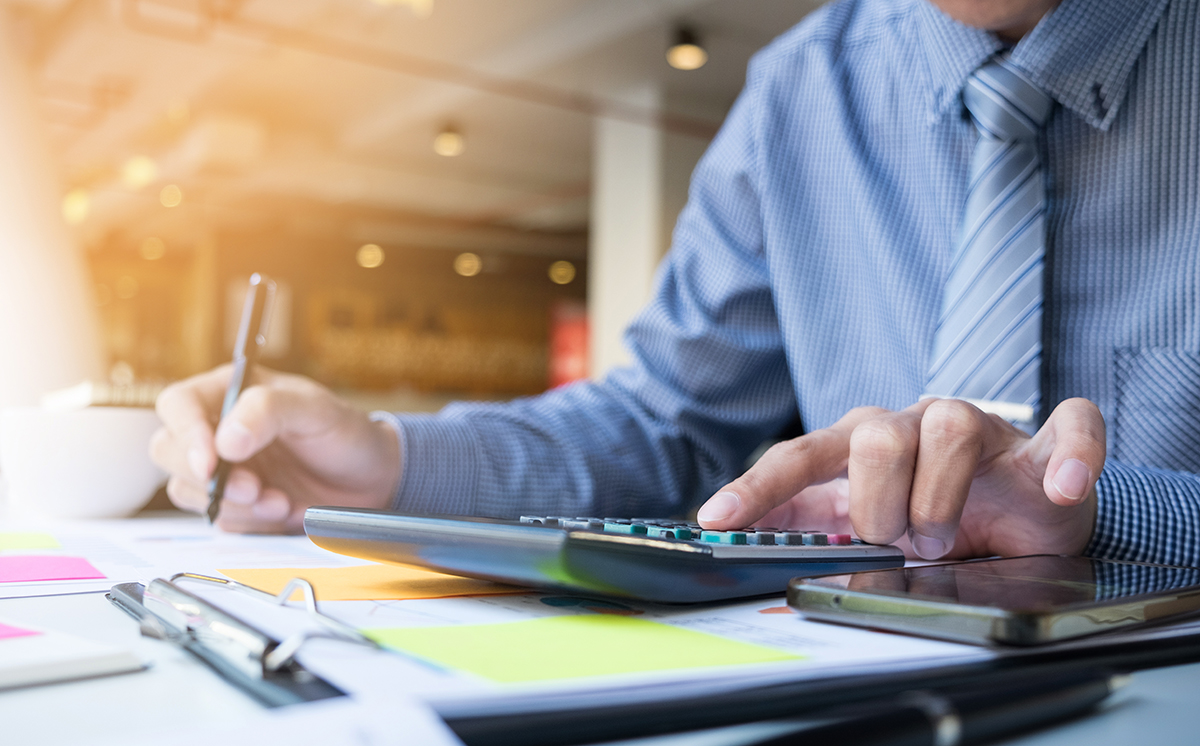 Learning how to budget can be the key to financial success regardless of your income. It can also be confusing and overwhelming. There are many personal finance programs available that can help you track your spending. Unfortunately, most of these programs are backward-looking rather than forward-looking. This means they can only tell you after the fact that you’ve blown your budget, not before. Many people look to the likes of financial advisors – who can make use of appointment setter services to keep in touch with and reach out to clients – for industry expertise and help with their personal finances.
Learning how to budget can be the key to financial success regardless of your income. It can also be confusing and overwhelming. There are many personal finance programs available that can help you track your spending. Unfortunately, most of these programs are backward-looking rather than forward-looking. This means they can only tell you after the fact that you’ve blown your budget, not before. Many people look to the likes of financial advisors – who can make use of appointment setter services to keep in touch with and reach out to clients – for industry expertise and help with their personal finances.
A system that allows forward-looking budgeting is envelope budgeting. In its purest form, each paycheck is cashed and distributed into multiple envelopes, each labelled with an expense category such as “rent”, “groceries”, “dining out”, etc. When one envelope is empty, you don’t purchase anything more in that category until the next time you are paid. Envelope budgeting is forward-looking in that it provides a hard stop, telling you immediately to stop spending in a category when that envelope is empty. Of course, these days most transactions are not cash, so envelope budgeting done this way is not practical for most people.
Thankfully, there are a few smartphone apps that give you the ability to budget the “envelope way” without using all cash. GoodBudget (www.goodbudget.com) is one my wife and I have used for years. Almost all of our spending is through credit cards and electronic bill pay, and by utilizing GoodBudget we are able to categorize our transactions in various virtual envelopes.
GoodBudget can download transactions from your bank and credit card companies, but for us it works best we enter each transaction manually. In that way, it is always up-to-date, and categorized to the correct envelope. It only takes a few seconds to enter each transaction, and with a little practice, can fit right in to your routine after every purchase. Recurring transactions such as mortgage payments and insurance premiums can be set to happen automatically.
There is another app called YNAB (www.youneedabudget.com) that appears similar to GoodBudget. I’ve read good reviews about YNAB, and have friends who are using it with great success.
For people who are not as tech-savvy, or who just don’t want to maintain a budget through a smart phone app, there is an ingeniously simple budgeting system based on a bucket budgeting strategy.
First Step Cash Management (www.firststepcashmanagement.com) divides budgeting into the following three buckets:
• Static Bucket: This is what is spent, on a monthly basis, to cover ongoing fixed expenses that occur each month, like rent or mortgage payments, utilities, and gym membership fees. The static bucket also includes debt commitments such as car payments or paying off existing credit card debt.
• Control Bucket:? This is what is typically spent, on weekly basis, for your lifestyle expenses such as gas, groceries, eating out, entertainment, and recreation.
• Dynamic Bucket:? This is what is saved on a regular basis. This includes savings set aside to protect yourself from the unexpected, savings to fund future events and special occasions and savings to achieve your short, intermediate and long-term goals.
The First Step Cash Management system shows you how to use multiple bank accounts and automatic transfers each month to fund your various goals.? You don’t have to enter transaction into a program or app. It also teaches you how to pay yourself a weekly allowance for your Control Bucket expenses.? This gives you the freedom to spend your allowance anyway you want, knowing your other bills and goals are taken care of.
Currently, the First Step Cash Management system is available through various financial advisors and financial coaches across the United States.
No matter what method you choose, an effective budgeting system is an important and powerful tool in achieving your financial goals.
By Jim Kerr, CFP®, EA, CLU®